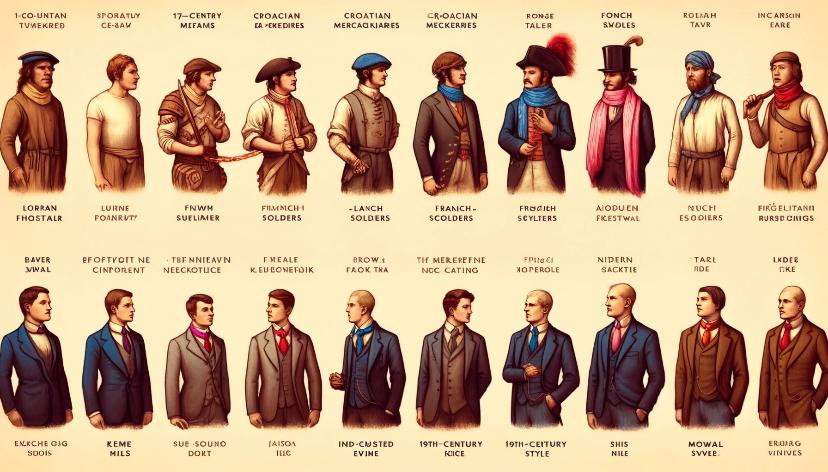The Story of the Tie: Past, Present and Future

Although style changes periodically throughout history, some accessories manage to transcend time. Tie is one of those special accessories in men's clothing. Here is a look at the birth, spread and future of the tie.
The story of the tie has a very interesting history. Its origins can be traced back to a military accessory that originated in Croatia. This cloth worn by Croatian soldiers attracted great attention during the reign of the French king Louis XIV and was translated into French as the word "cravate". Later, this elegant accessory became fashionable at the French court and throughout Europe.
Towards the end of the 18th century, ties in England began to be decorated with colorful and patterned fabrics. During the 19th century, different knot styles and tying techniques were developed. The "Windsor" knot, invented especially by the British, is still a widely used tie tying technique.
In the early 20th century, ties also gained popularity in the United States and became an essential part of the business world. Businessmen and politicians began to adopt ties as a symbol of a formal and professional appearance.
So, what does the future of the tie look like? Today, ties still play an important role in formal and professional wear, but they are considered an accessory that changes with the evolution of clothing trends. Especially in recent years, more comfortable clothing styles and the relaxation of dress codes in workplaces have led to looser clothing styles becoming widespread instead of ties.
However, it is premature to completely bury the future of the tie. Ties continue to be used in many formal events and special occasions. They are also used as an expression of personal style with their unique and special tie designs. Ties can boost self-confidence and help express oneself better when someone wears them.
Ultimately, the story of the tie shows the evolution of a timeless accessory. While it represents the elegance and professionalism of the past, it manages to adapt to future flexible clothing trends. Ties seem to remain an integral part of every era and will continue to be important as a form of personal expression.
